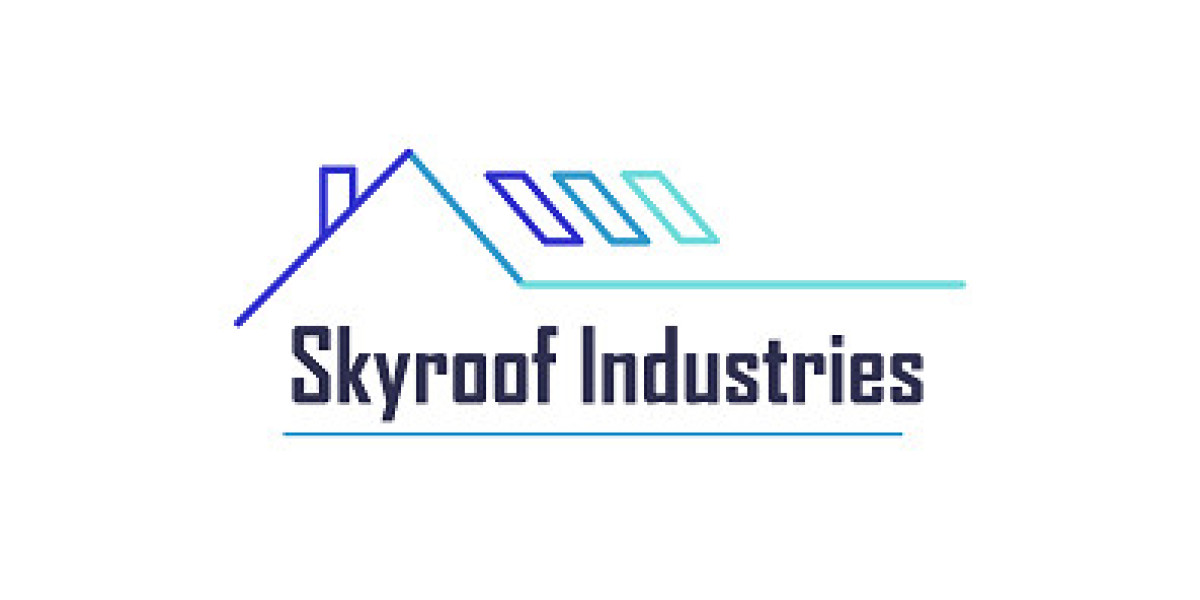Fiber laser welding machines have revolutionized the welding industry with their precision, speed, and versatility. From automotive to aerospace, electronics to medical devices, these machines offer unparalleled performance. In this guide, we'll delve into the intricacies of fiber laser welding machine, exploring their components, operation, applications, and benefits.
Understanding Fiber Laser Welding Machines: Fiber laser welding machines utilize high-intensity laser beams generated within an optical fiber, offering exceptional focus and energy concentration. The key components include the laser source, fiber optic delivery system, focusing optics, workpiece positioning system, and control interface.
Operation: The operation of a fiber laser welding machine involves several steps:
- Preparation: Proper cleaning and alignment of the workpieces are essential for optimal welding results.
- Setup: Select appropriate welding parameters such as laser power, pulse duration, frequency, and focal position based on the material thickness and type.
- Welding Process: The laser beam is directed precisely onto the workpiece surface, melting the material and forming a weld pool. The focused beam ensures minimal heat-affected zones and precise weld penetration.
- Monitoring: Real-time monitoring of welding parameters such as temperature, beam power, and positioning ensures quality control and consistency.
- Post-Welding Inspection: Inspection of the weld for defects and quality assurance is crucial to meet industry standards.
Applications: Fiber laser welding machines find applications across various industries:
- Automotive: Used for welding components like chassis, body panels, and exhaust systems, ensuring structural integrity and durability.
- Aerospace: Critical for joining lightweight materials such as aluminum and titanium in aircraft components, offering high strength and reliability.
- Electronics: Ideal for precise welding of microelectronics, PCBs, and electrical components, maintaining integrity and conductivity.
- Medical Devices: Employed for welding medical implants, instruments, and devices with biocompatible materials, ensuring hygiene and precision.
- Jewelry and Watchmaking: Utilized for intricate welding of precious metals, achieving seamless joints and intricate designs.
Benefits: Fiber laser welding machines offer numerous advantages:
- Precision: High beam quality and focused energy enable precise control over weld depth and width, suitable for intricate applications.
- Speed: Rapid processing speeds and minimal setup time enhance productivity and efficiency, reducing manufacturing lead times.
- Versatility: Compatible with a wide range of materials including metals, plastics, and ceramics, catering to diverse industry needs.
- Quality: Minimal distortion, porosity, and heat-affected zones result in superior weld quality and mechanical properties.
- Cost-effectiveness: Lower energy consumption, minimal material wastage, and reduced post-welding processing contribute to overall cost savings.
Conclusion: Fiber laser welding machine represent the pinnacle of welding technology, offering unmatched precision, speed, and versatility across various industries. By understanding their components, operation, applications, and benefits, manufacturers can harness their full potential to achieve superior welding results and stay ahead in today's competitive market.



